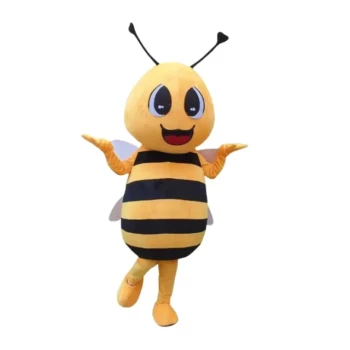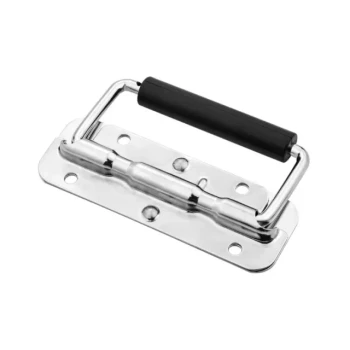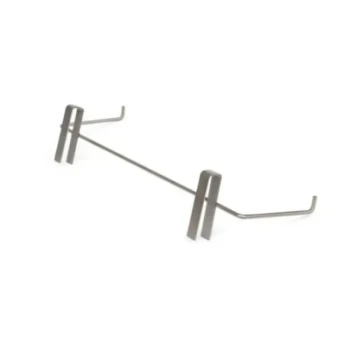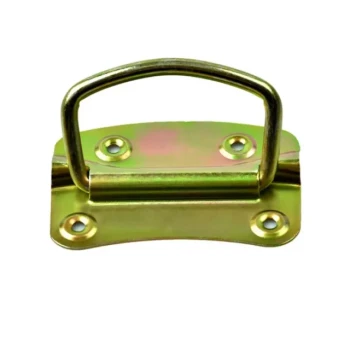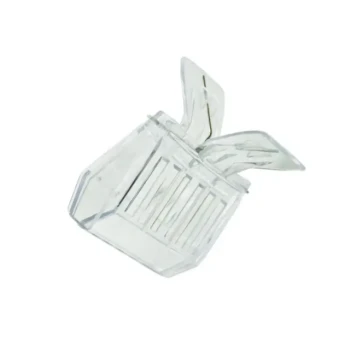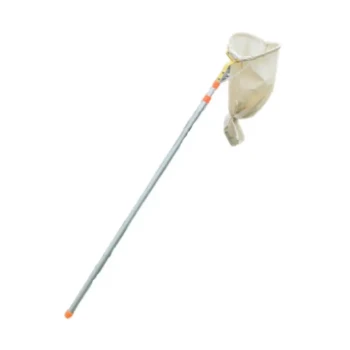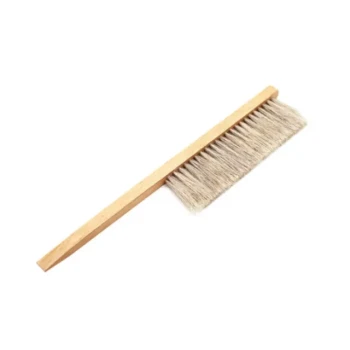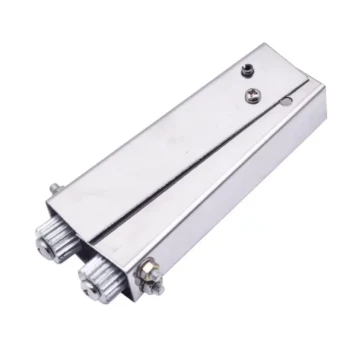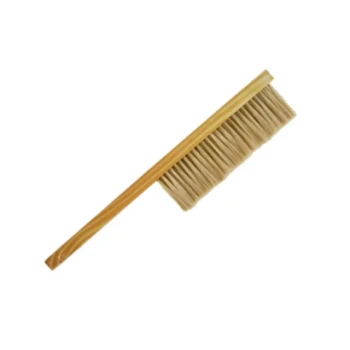A good bee suit is defined by its ability to provide complete, gap-free protection while remaining comfortable and functional for the wearer. The key features include a full-body design, durable materials, secure closures like strong zippers and elastic cuffs, thumb loops to keep sleeves tucked into gloves, and a well-integrated veil that offers clear visibility.
The most effective bee suit is not simply the one that prevents stings, but the one that matches its design and material to your specific climate and experience level. True protection comes from a combination of physical barriers and the confidence a well-chosen suit provides.
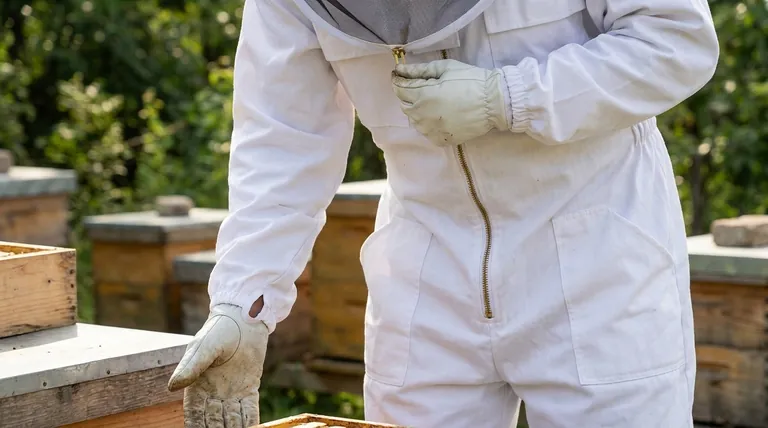
Core Principles of Protection and Fit
A suit's primary job is to create an impenetrable barrier between you and the bees. This is achieved through a combination of full coverage and secure, overlapping closures that leave no point of entry.
The Foundation: Full-Body Coverage
A full, one-piece suit is the gold standard for protection, especially for beginners. It completely covers the torso and legs, eliminating the risk of gapping at the waist that can occur with a separate jacket and pants.
This comprehensive coverage helps build confidence, as bees can reportedly sense tension. A beekeeper who feels secure is calmer, leading to a less agitated hive.
Secure Closures are Non-Negotiable
The weakest points of any suit are its openings. A quality suit addresses this with heavy-duty zippers, often made of brass, for the main body and veil attachments.
Elastic bands at the ankles and wrists are also critical. These ensure a snug fit over boots and create a seal for gloves, preventing bees from crawling inside.
The Importance of Thumb Ties
A small but vital feature is the thumb tie or loop at the end of each sleeve. This elastic loop hooks over your thumb before you put on your gloves.
This simple mechanism prevents the sleeve from riding up your arm as you work, maintaining the crucial, overlapping seal between your suit and your gloves.
Veil Integration and Visibility
The veil must protect your face without obstructing your view. Modern suits feature integrated veils that zip directly onto the collar, offering 360-degree protection.
Many suits offer detachable hoods or veils, which simplifies washing the main body of the suit. Fencing-style veils are common, providing structure that keeps the mesh away from your face.
Choosing the Right Material for Your Climate
The fabric of your suit dictates its comfort, durability, and protective qualities. The two primary categories are standard blends and ventilated mesh.
Standard Cotton & Poly-Cotton Blends
The traditional choice is a thick fabric, often a polyester-cotton blend. This material offers excellent sting protection due to its density.
While highly protective, these standard suits are not very breathable. They are best suited for work in cooler climates or for beekeepers who prioritize maximum protection over ventilation.
Ventilated & Multi-Layer Mesh Suits
For beekeepers in warmer climates, a ventilated suit is essential. These are typically constructed from three layers of mesh fabric.
The unique triple-layer design allows for superior airflow, keeping you cool during hive inspections on hot days. The space created by the layers also makes it difficult for a bee's stinger to reach your skin, providing reliable protection.
Understanding the Trade-offs
Selecting a bee suit involves balancing competing factors. Understanding these compromises is key to choosing the right tool for your specific situation.
Protection vs. Breathability
There is a direct trade-off between a suit's thickness and its ventilation. A heavy cotton suit offers a robust feeling of armor but can lead to overheating.
Conversely, a ventilated suit provides exceptional comfort in the heat but may feel less substantial to a nervous beginner. Both are highly effective, but the choice depends on your personal comfort and climate.
Durability vs. Cost
Higher-quality materials increase a suit's longevity and price. Features like triple-mesh construction, high-quality air mesh, and robust brass zippers will cost more upfront.
However, these premium features often translate to a suit that withstands more seasons of use and frequent washing, potentially offering better long-term value.
Convenience vs. Simplicity
Features like large pockets for tools and detachable veils add significant convenience. They make hive work more efficient and suit maintenance easier.
While not strictly necessary for protection, these quality-of-life features are often what separate a basic suit from a great one.
Making the Right Choice for Your Goal
Your ideal suit depends on your priorities. Use these guidelines to find the best fit for your beekeeping journey.
- If your primary focus is maximum protection and confidence as a beginner: Opt for a full-body, poly-cotton suit to ensure there are no gaps and you feel completely secure.
- If your primary focus is comfort in a hot climate: A ventilated, multi-layer mesh suit is a critical investment to prevent overheating during hive inspections.
- If your primary focus is convenience and durability: Look for a suit with a detachable veil for easy washing, robust zippers, and large, accessible pockets for your tools.
Ultimately, investing in the right suit is an investment in your safety, confidence, and long-term enjoyment of beekeeping.
Summary Table:
| Feature | Description | Benefit |
|---|---|---|
| Full-Body Design | One-piece suit covering torso and legs. | Eliminates waist gaps, builds confidence with complete coverage. |
| Secure Closures | Heavy-duty zippers (e.g., brass) and elastic cuffs/ankles. | Prevents bees from entering through openings. |
| Thumb Loops | Elastic loops at sleeve ends to hook over thumbs. | Keeps sleeves tucked into gloves, maintaining a secure seal. |
| Integrated Veil | Veil that zips onto the collar, often detachable. | Provides 360-degree face protection with clear visibility. |
| Material Choice | Standard poly-cotton (cool climates) or ventilated mesh (hot climates). | Balances sting protection with breathability for comfort. |
Ready to find the perfect bee suit for your apiary? At HONESTBEE, we supply durable, high-performance beekeeping suits and equipment designed for commercial apiaries and distributors. Our suits are built with features like secure closures, breathable materials, and full-body coverage to keep you protected and comfortable. Enhance your beekeeping operations with gear you can trust — contact our wholesale team today to discuss your needs and place an order!
Visual Guide
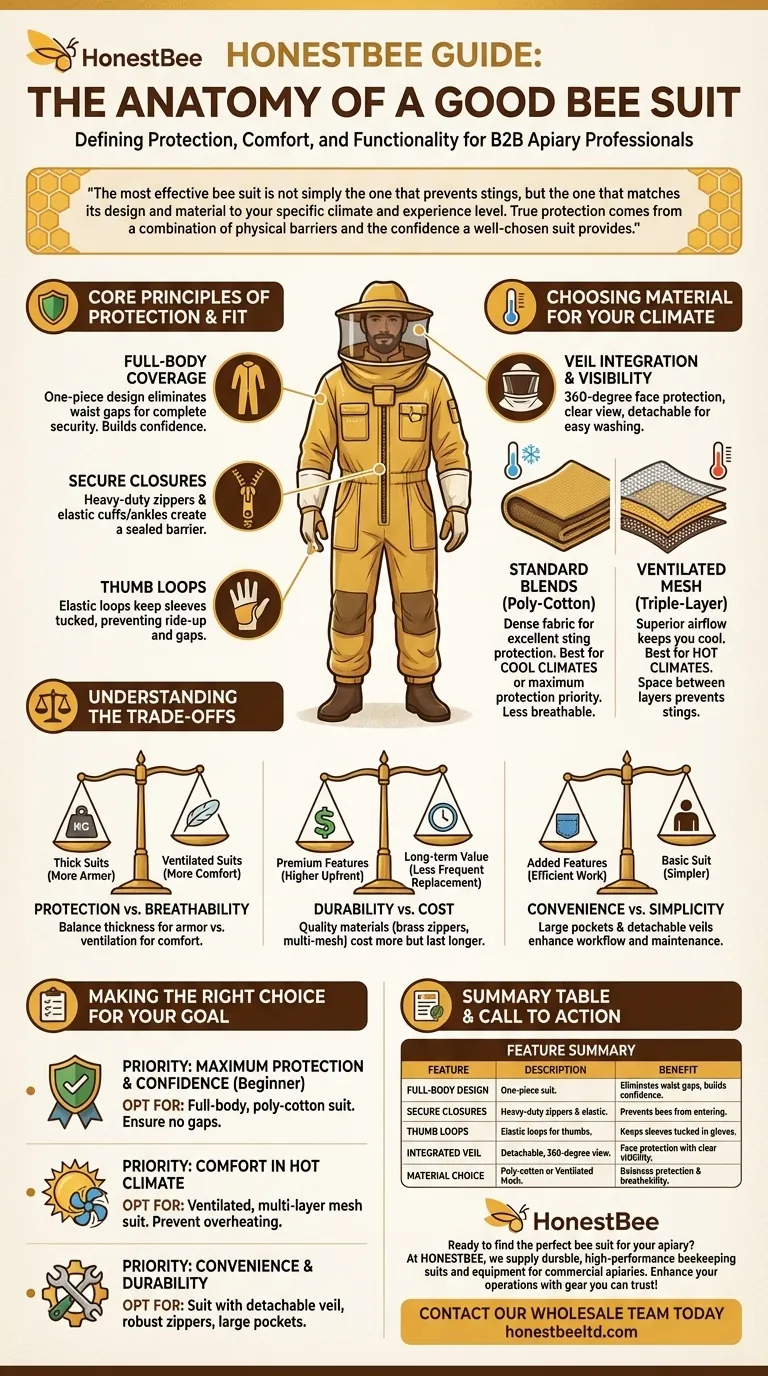
Related Products
- Cotton Beekeeping Suit and Round Hat with Veil Bee Keeper Protective Gear
- White Beekeeping Protective Suit and Hat with Fencing Veil for Beekeepers
- Heavy Duty Cowboy Beekeeper Hat with Visibility Veil Outdoor Professional Beekeeping Protective Gear
- Friendly Bee Mascot Costume Vibrant Engaging Promotional Asset
- Professional Beekeeping Suit for Kids and Girls Childrens Bee Keeper Suit
People Also Ask
- Why is a jacket with a hat veil recommended for beekeepers? Essential Protection for Your Face and Neck
- What factors should be considered when choosing a beekeeping suit? Balance Safety, Comfort & Performance
- How should a beekeeping suit be hung to maintain its shape? Protect Your Investment with Proper Storage
- What should be considered regarding the color of beekeeping clothing? Ensure Your Safety and Keep Bees Calm
- What is recommended for beginners in beekeeping regarding protective clothing? A Complete Safety Guide for New Beekeepers



